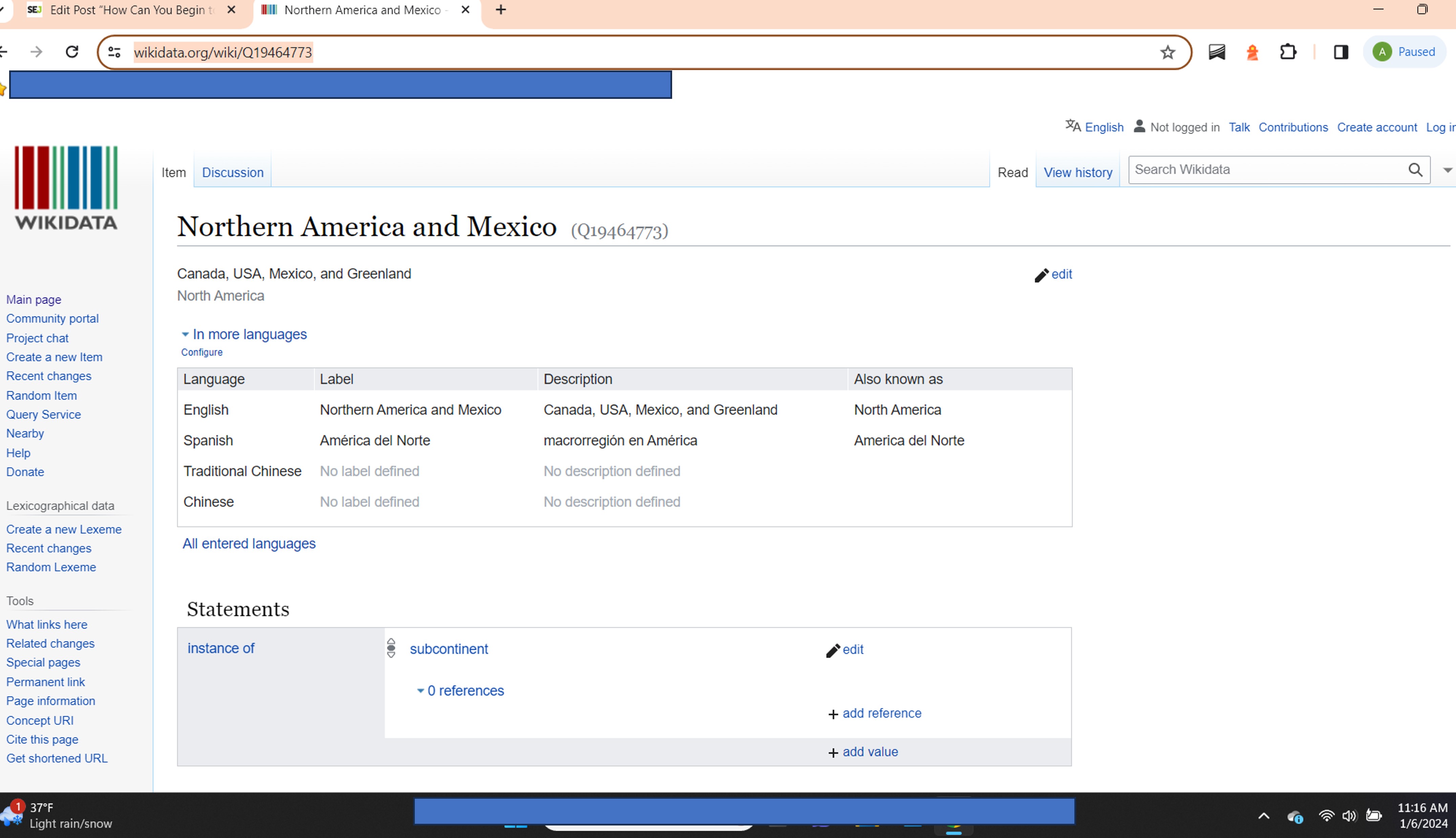Today’s ask an SEO question comes from Mark:
“How can a small company that only ranks in its local markets begin to rank in another market? What would you do to help the small company rank in a new area?”
Great question, Mark! The good news is that the answer is fairly easy and can be applied to local, national, and international in the base strategy.
All three can also require foreign language versions, but that is for another post. I’ll give some hints in this one for that situation, though.
I’m going to cover the basics of getting SEO traffic in new markets here, making the assumption it is regional vs. new products, and then share some tips specific to local, national, and international.
Google Business Profile (GBP)
If you’re local or have a national footprint, when you expand, make sure to update your area served or serviced by location. This link goes to Google’s guide for how to use a service area.
Make sure to keep your hours up-to-date on the website, landing page, and on your GBP.
This helps the search engines to understand where you’re now offering services, what your footprint is, and when customers can access your offerings.
You can also launch new profiles for new locations. Just make sure you verify ownership for each one and keep them up-to-date. This includes holiday hours and closings.
Schema
Do you have service area or organization schema on your site or pages? Make sure to fill out and update the “area served” fields by referencing Wikipedia or Wikipedia’s entries.
Wikidata has almost every city, county, state, country, and region to help you define where your products, services, stores, etc., are located.
The more you can help the search engines know where you offer services, and the hours you offer them, the better job they can do at showing you as a provider to people in those markets.
Do you offer services in all of North America (US, Mexico, Canada)? There’s a page for that, too. This way, you don’t have to reference all three.
But something really weird here is that Wikidata includes “Greenland” as North America.
That’s definitely not accurate for your locations, although it is technically part of the continent (geographically). Politically, Greenland is part of the EU, as it is currently a territory of Denmark.
Here’s a screenshot of the page with a date stamp. This likely wouldn’t impact your ability to rank, so don’t second-guess yourself here.
I’m using this as an example because it could be confusing as to why you may reference this page when you don’t offer services in Greenland.
 Screenshot from Wikidata, January 2023
Screenshot from Wikidata, January 2023Localize Or Regionalize Your Titles And Descriptions
Meta descriptions are not a ranking signal or used in rankings – at least, that’s my opinion – though they do influence how many people click through to your site. But only when a search engine uses the meta descriptions you create.
Title tags, however, do move the needle, based on my experience, when combined with other on-page elements.
When the description reinforces the region or market the title displays for, you create an enticing ad for a consumer to click on.
And meta descriptions are vital.
If you are optimizing for tourists and mention you’re right by a specific landmark, they will know you’re close to their location and may click on your listing over another business higher up that shares generic titles and descriptions.
This can work for retailers, pharmacies, restaurants, housing or car rentals, etc. Here’s a guide I created for writing localized meta descriptions and title tags.
Build Citations And Do PR Work
This one is a double win! Look up local blogs, newspapers, and magazines, then focus on getting featured and mentioned.
By being featured, you can get referral traffic and customers to your business and signal to search engines you have a new local location or expansion. In some cases, you may get a backlink.
Whether the backlink is natural and good or not depends on the site linking to you and the type of link.
As an added bonus, if the new market you have moved into recognizes and trusts the media company’s brand, feature the logo on your page.
This may help build trust to increase conversions both online or for foot traffic if they’re deciding between two businesses to try.
If you were to expand into my city (Washington D.C.), focus on Washingtonian Magazine, Popville, or ARLnow. These could be recognizable by locals in our area.
Other Things To Pay Attention To
One thing to keep in mind when you expand your footprint is that demographics may change location by location.
You may find the new location has a different skew for race, religion, single vs. married, income levels, or age ranges. This means the way you market also needs modifying.
- If you offer new languages, make sure to check your hreflang tags so they reference the correct language version for products, services, and content. Here’s Google’s guide on this.
- Update the imagery to match the demographics of the customers who will be contacting you for services or visiting your location.
- Make sure the wording makes sense for their needs. If your original location is in a DINK-heavy area (dual income, no kids), and the new one has multiple elementary schools, mention the new location is kid-friendly or add in relevant promotions, e.g., “kids eat half price.” While you might do this for the kid-friendly location, keep the wording focused on relaxing, calm, quiet, and romantic for the DINK location.
Expanding a business or service is exciting, and it is easy to begin getting traffic, customers, and sales from it.
You just need to put in the work, make sure you cater to the needs of your new audience, and that your content and code are updated regularly. I hope this helps.
More resources:
Featured Image: Toey Andante/Shutterstock
